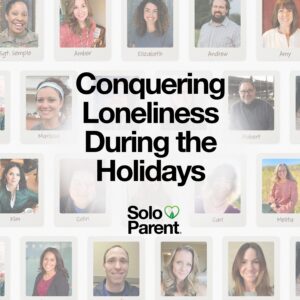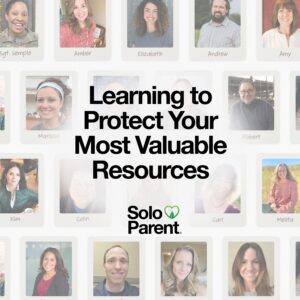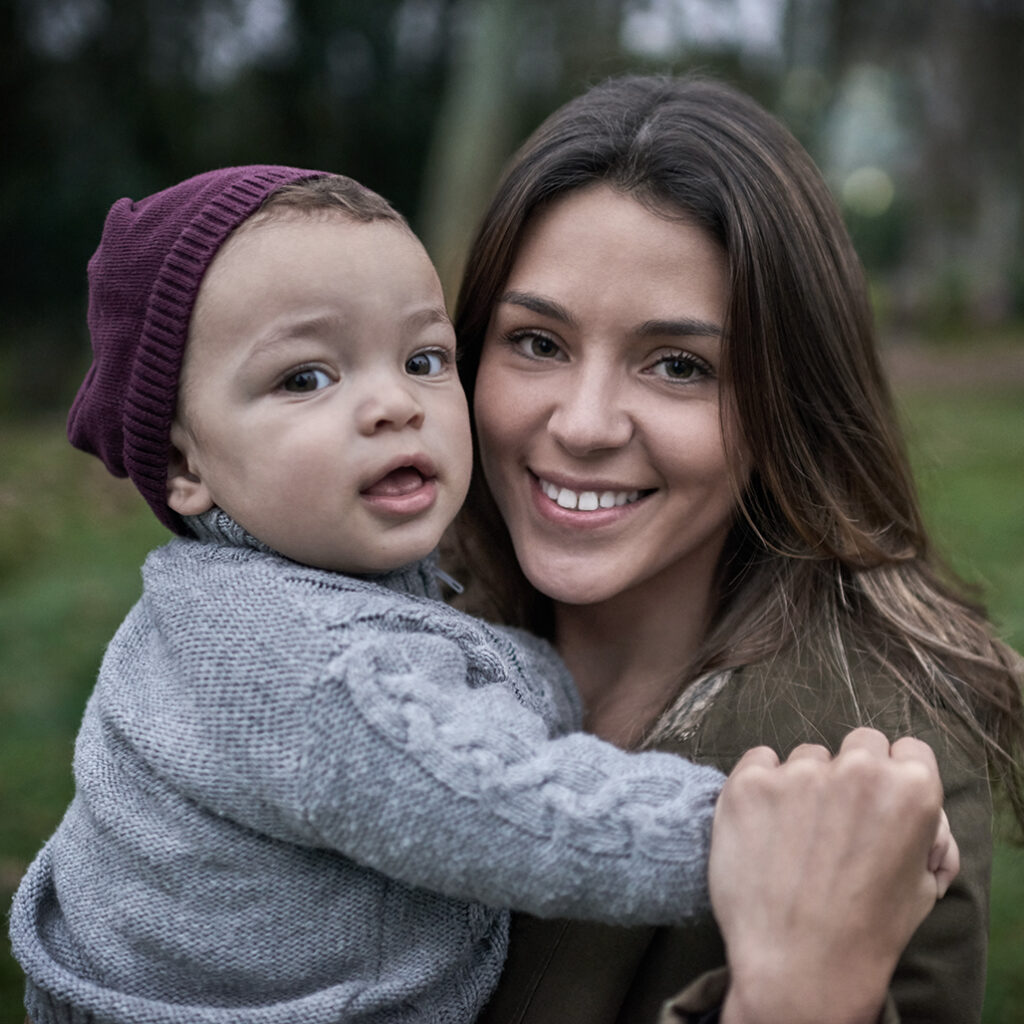Sometimes the most powerful thing you can do is… nothing.
When life hurts, we instinctively move. We work. We scroll. We tidy. We talk. We fix. Especially as solo parents, where every decision, every emotion, and every ounce of energy falls on our shoulders, stillness doesn’t feel like an option. It feels irresponsible. Unproductive. Unsafe.
But what if that’s exactly where healing begins?
In this episode, we talk honestly about what it means to sit with discomfort instead of rushing to escape it. We explore how stillness, though uncomfortable at first, can become one of the most transformational growth tools for solo parents navigating grief, overwhelm, or deep emotional fatigue.
This conversation matters because the pain we avoid doesn’t go away. It embeds itself in our bodies, our relationships, our nervous systems. Learning to be still with it, even just for a few minutes, helps us stop running and start healing.
Key Insights from This Episode
- The discomfort of doing nothing when everything feels broken.
- The pressure to be productive during seasons of grief or hardship.
- The fear that if we stop moving, the pain will consume us.
Stillness isn’t passive. It’s incredibly brave.
For Elizabeth, this year has been a long exercise in not escaping pain. “One day, I just couldn’t stop crying,” she shares. “But it didn’t feel like I was trapped in my emotions. It felt like my body needed to release. So I gave myself space to do it.” There was no fixing, no forcing, just the slow, steady allowance of grief.
Stillness gives the nervous system a place to exhale.
It’s where Elizabeth found joy again, not by chasing it, but by letting her body catch up. “There have been moments of levity and gratitude that came naturally, but only in the stillness,” she says. “You can’t experience the good if you’re always numbing the bad.”
Stillness is how we hear what we already know.
Marissa points out that in today’s media-saturated world, we are constantly inundated with outside voices: books, podcasts, shows, social media experts. But those voices can drown out the knowing that lives inside us.
“I stopped being afraid of my feelings,” Marissa shares. “Stillness didn’t take away the pain, but it took away my fear of it.”
That shift makes a difference. When we stop running, we can finally hear what our hearts, our bodies, even God, have been trying to say all along.
Stillness reconnects us to what matters.
Whether it’s noticing birdsong instead of filling the air with podcasts, or simply paying attention to your child’s subtle emotional cues, stillness gives space for relationship—not just with others, but with yourself.
You can’t fake your way through stillness.
Robert likens stillness to plugging in a lightbulb. The bulb doesn’t generate light on its own, it needs connection to a source. “To me, that’s what stillness is,” he says. “It’s not intuitive. It’s surrender.”
Whether it’s a spiritual surrender to something greater or a mental surrender to the pain you’ve been avoiding, the practice of stillness can rewire your brain. Research shows it even has lasting neurological effects—clearing gray matter and strengthening emotional resilience.
Stillness is how growth sneaks up on us.
It might not feel productive. You might even leave a quiet moment and feel like it was a waste. But over time, those small moments of stillness add up. They clear space inside us for hope, for insight, for healing we didn’t know was possible.
Three Practices for Embracing Stillness as a Solo Parent:
- Find your version of stillness.
It doesn’t have to be sitting cross-legged in silence. Maybe it’s a five-minute walk without your phone. Maybe it’s standing in the shower without background noise. Start small and let it evolve. - Let discomfort surface and pass.
When you sit still, your pain might bubble up. Don’t panic. You don’t have to sit in it forever. As Marissa says, “There’s only so much pain you can process at once. It’s okay to take breaks.” - Celebrate the light.
Elizabeth encourages, “When you feel joy or gratitude (even for ten seconds) capture that moment. It’ll help you return to stillness next time.”
Listener Question of the Week
“As a single parent, I struggle with wanting to rescue my kids from anything hard. They’ve been through so much already. Can you give some personal examples of how not rescuing your kids and letting them make their own mistakes had long-term benefits?”
Marissa shares honestly: “When my kids lost their dad, I wanted to shield them from every hardship. But they told me, ‘I don’t want you to solve this. I want to do it.’” Letting her kids face small failures, whether it was forgotten homework or standing up to a bully, helped them build resilience.
Elizabeth adds, “I’ve had to let my son face the consequences of his choices, even when it’s uncomfortable. I remind myself, ‘If I rescue you now, you’ll expect to be rescued later.’”
Letting your kids struggle in safe, supported ways teaches them that failure is part of growth—and that they are capable, even in hard things.
RESOURCES MENTIONED IN THIS EPISODE:
We want to answer any Solo Parent questions you may have. Submit your listener questions HERE.
Additional Resources:




